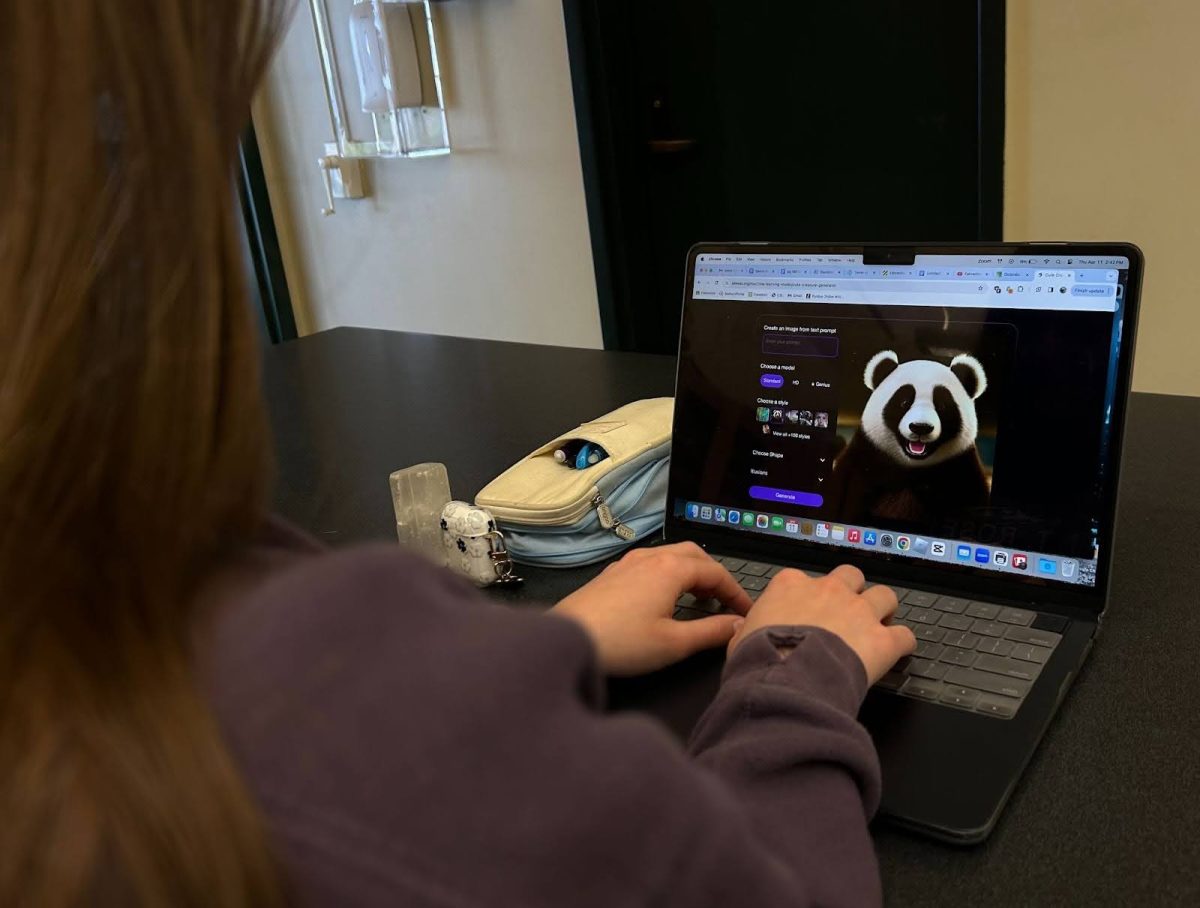Have you ever obsessed over the amount of likes you get on a social media post?
One of the most prominent stressors for high school students in this decade is social media, even though high school can be a time of growth, discovery, and achievement. However, it is also a period filled with challenges and pressures that can take a toll on student’s mental health. Including academic stress to social changes, high schoolers often face issues that can negatively impact their mental well-being.
Most people in this generation have a phone from the age of 10 and onwards. At that point in their life they are developing their problem solving and complex thinking skills but their brain will not be fully developed until the age of 26. The next 10 years; their teenage years, are the most vulnerable times of a person’s life and having unlimited access to all social media platforms from such a young age can be damaging to their mental health.
As these young people transition into their teenage years and start using social media, parents need to set the precedent that these images and ideals they might start seeing are unrealistic. They should be reminded that their in-person relationships and their real personalities is what really matters, not what people see online.
Approximately nine of 10 teenagers say they use YouTube, making it the number one social media platform in the last year, according to the Pew Research Center. TikTok, Instagram and SnapChat are the next most popular sites that thousands of teenagers use on a daily basis in the USA.
While social media can be a way to offer connectivity to others in many different communities, it can also contribute to negative mental health problems. The pressure to maintain a curated online persona, compare oneself to others, and seek validation through likes and comments can fuel feelings of insecurity and lead to low self-esteem. This has been proven by the American Physiological Association, which conducted an experiment where undergraduate students reduced their social media intake to only 60 minutes a day, leading students to have a more positive feeling of their overall physical appearance. The evidence of this experiment shows that limited social media might be a good way to help young adults not be influenced by negative ideals online.
The pursuit of high grades, college admissions, and future career aspirations can create an intense environment where students feel overwhelmed and anxious. Not only are academic challenges the only conflict they face, social issues can be just as stressful to a young person. In today’s digital age, social media plays a significant role in the lives of high schoolers. The ideal life that is portrayed on social media that this generation is constantly seeing creates an unrealistic ideology that teenagers think they have to live up to. This can create a harmful environment for teenagers since social media creates unrealistic health, body and beauty standards that can be confusing and dangerous for individuals whose brains are not fully developed and they’re already going through drastic hormone changes.
Additionally, cyberbullying has become a prevalent issue. According to BroadandSearch, 36.5 percent of people feel they have been cyber-bullied in their lifetime, and 14.4 percent have reported it has happened to them in the last 30 days. Cyberbullying leads to lasting metal harm on teenagers, 26 percent of people who have reported being cyber-bullied also have suicidal thoughts and 15 percent lead to participating in self-harm.
The recent trend of self-harm has been displayed on social media a lot, which can influence young people into thinking it is a good way to cope with negative feelings. This is why schools need to keep a close eye on students who might be struggling due to cyberbullying. School administrators should create anti-bullying policies in order to discourage any type of that behavior and also provide school counselors that can assist students with navigating their teenage years.
Despite being surrounded by peers, many high school students turn to their cell phones and might experience self-isolation and experience feelings of loneliness and depression. The pressure to fit in and navigate social dynamics can be daunting, especially with the inclusion of social media which is why parents and school administrators need to set boundaries with children who are growing up in the age of technology.









